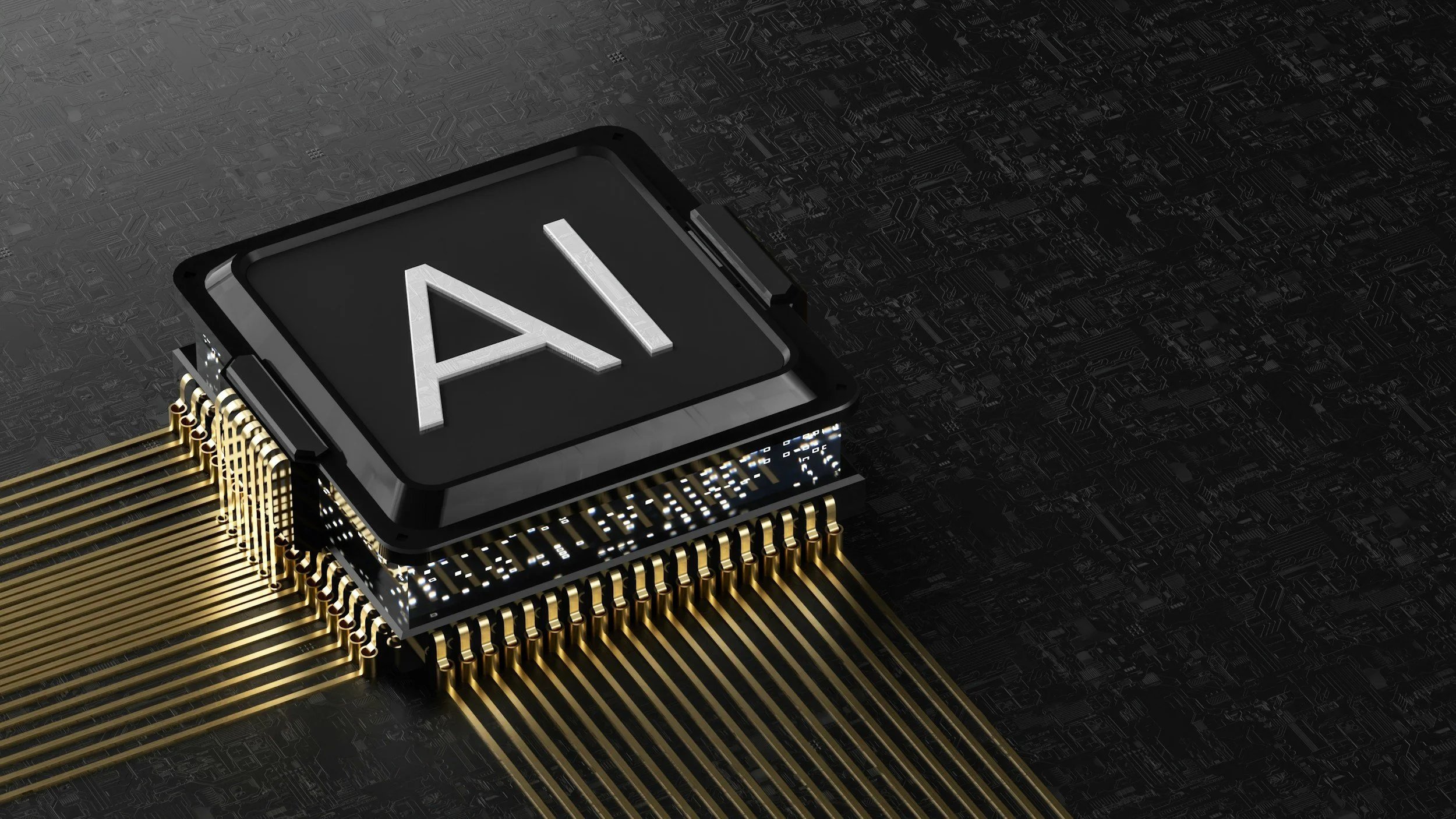Apple Faces AI Setbacks Amid Leadership Shifts, Delays and Budget Constraints
Image Credit: Sumudu Mohottige | Splash
Apple's efforts to advance its artificial intelligence capabilities, centered on the Apple Intelligence platform and an updated Siri, have encountered delays. In early 2023, John Giannandrea, then head of AI, requested additional graphics processing units (GPUs) to support AI development. Apple’s data centers housed approximately 50,000 GPUs, most over five years old, compared to the hundreds of thousands acquired by competitors like Microsoft, Google, and Meta. CEO Tim Cook approved a plan to double the AI chip budget, but Chief Financial Officer Luca Maestri reduced the increase to less than half, prioritizing efficiency with existing resources. An Apple spokesperson later stated that Giannandrea’s budget request was met over time, not immediately, and denied Maestri requested chip efficiency improvements. Limited GPU access led Apple’s AI team to use external computing power from providers like Google and Amazon, relying on Google’s chips instead of Nvidia’s GPUs, which affected development timelines.
[Read More: Apple's AI Dilemma in China: Navigating Strict Regulations and Fierce Competition!]
Apple Intelligence and Siri Rollout Issues
At the 2024 Worldwide Developers Conference (WWDC) on June 10, Apple introduced Apple Intelligence, designed to enhance iPhone features such as notification summaries, writing tools, and an improved Siri that integrates phone and web data. These features were not available at the iPhone 16 launch in September 2024, arriving in October, one month behind schedule. Notification summaries inaccurately represented news, prompting Apple to disable the feature. The planned spring 2025 release of an enhanced Siri was postponed last month after internal tests showed inaccuracies in nearly one-third of responses. Apple now plans to release the updated Siri in fall 2025, likely with the iPhone 17, including features like photo editing and app-integrated task automation, processed on-device for privacy.
[Read More: AI Pause: Why Apple's iPhone 16 Won't Launch with Apple Intelligence Features]
Leadership Reassignment
In March 2025, Apple reassigned Siri development from Giannandrea to Mike Rockwell, previously responsible for the Apple Vision Pro headset. This change, overseen by software chief Craig Federighi, removed Siri from Giannandrea’s responsibilities, with Rockwell reporting to Federighi. Giannandrea continues to oversee broader AI research, including robotics. Rockwell’s experience with Vision Pro’s technical challenges is expected to guide Siri’s development, despite his limited AI-specific background. Internal disputes also arose, with Siri team leaders Robby Walker and Sebastien Marineau-Mes competing for project control, leading to a divided structure. The departure of key personnel, including chief designer Jony Ive in 2019 and product design head Dan Riccio in 2024, has left Apple with leaders less experienced in major product launches, contributing to development challenges.
Tariff Effects and Market Response
On April 2, 2025, President Donald Trump announced tariffs targeting manufacturing in China, impacting Apple’s stock, which fell, resulting in a US$773 billion market capitalization loss over four days. This briefly ended Apple’s position as the world’s most valuable publicly traded company. Apple’s share price had already declined 8% in the first four months of 2025, compared to a 4% drop in the S&P 500. On April 11, 2025, exemptions for smartphones, laptops, and computers from the tariffs provided relief to Apple’s supply chain. However, ongoing reliance on iPhone sales, which constitute half of revenue, and weaker performance from products like the Vision Pro headset and services such as Apple TV+ and Fitness+, have raised concerns about Apple’s product diversification.
[Read More: iOS 18 to Bring AI-Generated Emoji and More: A Peek into Apple's Upcoming Innovations]
Internal Organizational Issues
Apple’s AI challenges reflect broader internal issues, including leadership conflicts, budget constraints, and talent departures. The Vision Pro headset, launched to diversify revenue, has underperformed in sales. Apple Intelligence’s delayed features have highlighted operational challenges. The iPhone, an 18-year-old product, remains Apple’s primary revenue source, with incremental annual updates. A federal lawsuit filed in March 2025 alleges false advertising for promoting unavailable AI features in iPhone 16 marketing, prompting Apple to pause Siri-related advertisements.
[Read More: The AI Evolution: Navigating Apple's Next Big Leap with iPhone 16]
Future Plans
Apple anticipates showcasing iOS 19, macOS, watchOS, and additional Apple Intelligence features at its WWDC on June 9, 2025. Some company leaders note that competitors like Google and Meta also face AI development challenges, suggesting Apple has time to refine its technology. Analysts, including Benedict Evans, a former venture capitalist, point to leadership and communication issues as key factors in Apple’s delays. The fall 2025 Siri release, under Rockwell’s oversight, will be a critical step for Apple’s AI strategy and market position.
Source: Laptop Mag, New York Times











